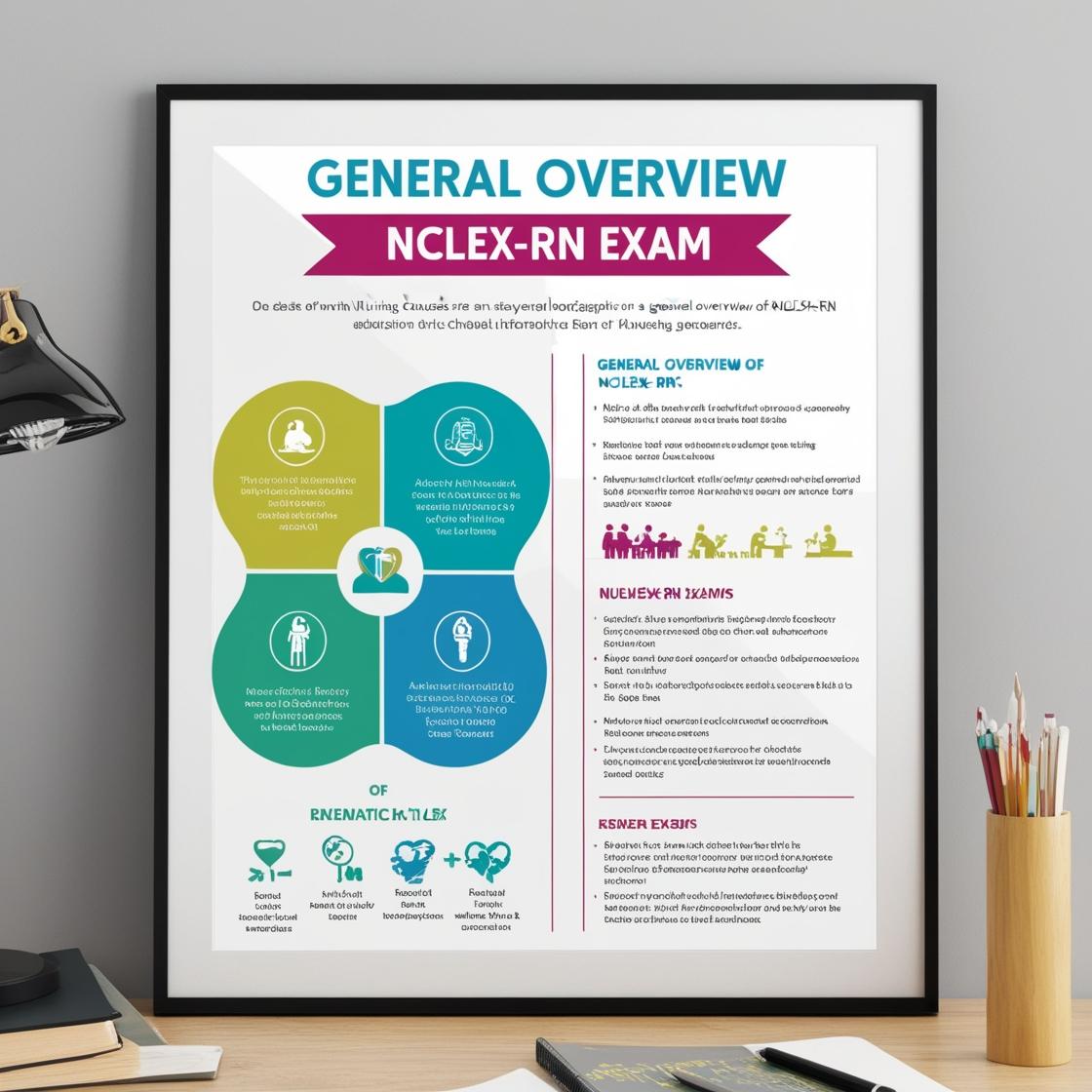NCLEX-RN
NCLEX RN Exam Prep
1. You see a sign over Mary Jones' bed when you arrive at 7 am to begin your day shift. The sign says, 'NPO'. Ms. Jones is on a regular diet. The patient asks for milk and some crackers. You _____________.
- A. can give her the milk but not the crackers
- B. can give her both the milk and the crackers
- C. can give her the crackers but not the milk
- D. cannot give her anything to eat or drink
Correct answer: D
Rationale: The correct answer is that you cannot give her anything to eat or drink. 'NPO' is the standard abbreviation for 'nothing by mouth,' indicating that the patient should not consume any food or liquids. It is crucial to adhere to this restriction to prevent any potential harm or complications in the patient's condition. Choices A, B, and C are incorrect because 'NPO' clearly specifies that the patient should not have anything to eat or drink, including milk and crackers. Providing these items could lead to adverse effects, so it is essential to follow the 'NPO' directive strictly.
2. What term is used to refer to generalized wasting of body tissues and malnutrition?
- A. Entropion
- B. Confabulation
- C. Induration
- D. Cachexia
Correct answer: D
Rationale: Cachexia is the correct term used to describe the generalized wasting of body tissues, ill health, and malnutrition associated with some chronic diseases. It involves a loss of fat tissue to protect the bones and joints. Clients with cachexia are at risk of pressure ulcers and other complications due to malnutrition and poor health. Entropion refers to an eyelid condition, confabulation is a memory disturbance, and induration is the abnormal hardening of a part of the body.
3. Patients have a right to ______________.
- A. only enough information so they can comply with care
- B. ALL of their health-related information
- C. small amounts of information so they do not get nervous
- D. moderate amounts of information unless they are old
Correct answer: B
Rationale: Patients have a legal right to access all of their health-related information. This includes details about their health condition, treatment options, test results, and any other relevant data. Providing patients with all their health-related information empowers them to make informed decisions about their care, promotes transparency in the healthcare process, and respects their autonomy. Choices A, C, and D are incorrect because they restrict the information patients should receive based on assumptions or limitations, which goes against the principle of patient autonomy and their right to access their complete health-related information.
4. You see a patient lying on the floor of the bathroom. You are NOT assigned to this patient. What is the first thing that you should do?
- A. Get the nurse who is caring for the patient.
- B. Tell the nurse that the patient has had another seizure.
- C. Observe the patient for any injuries and call out for help.
- D. Nothing. This patient is not one of your assignments.
Correct answer: C
Rationale: The correct course of action in this situation is to observe the patient for any injuries and call out for help. It is crucial to act immediately in an emergency, regardless of whether the patient is under your care. Checking for injuries and seeking assistance can help ensure the patient receives prompt and appropriate care. Choosing to inform the nurse of a seizure without evidence or taking no action because the patient is not your assignment are not optimal responses. In a healthcare setting, patient safety and well-being should always be the top priority.
5. What does preload refer to?
- A. The volume of blood entering the left side of the heart
- B. The volume of blood entering the right side of the heart
- C. The pressure in the venous system that the heart must overcome to pump the blood
- D. The pressure in the arterial system that the heart must overcome to pump the blood
Correct answer: B
Rationale: Preload refers to the volume of blood that enters the right side of the heart. This volume stretches the fibers in the heart before contraction. Preload is an essential factor in determining the force of ventricular contraction. Choices A, C, and D are incorrect. Choice A is incorrect because preload is specifically related to the volume of blood entering the right side of the heart. Choices C and D are incorrect as they refer to afterload, which is the pressure that the heart must overcome to pump blood out of the ventricles into the systemic or pulmonary circulation.
Similar Questions

Access More Features
NCLEX RN Basic
$69.99/ 30 days
- 5,000 Questions with answers
- Comprehensive NCLEX coverage
- 30 days access @ $69.99
NCLEX RN Premium
$149.99/ 90 days
- 5,000 Questions with answers
- Comprehensive NCLEX coverage
- 30 days access @ $149.99
